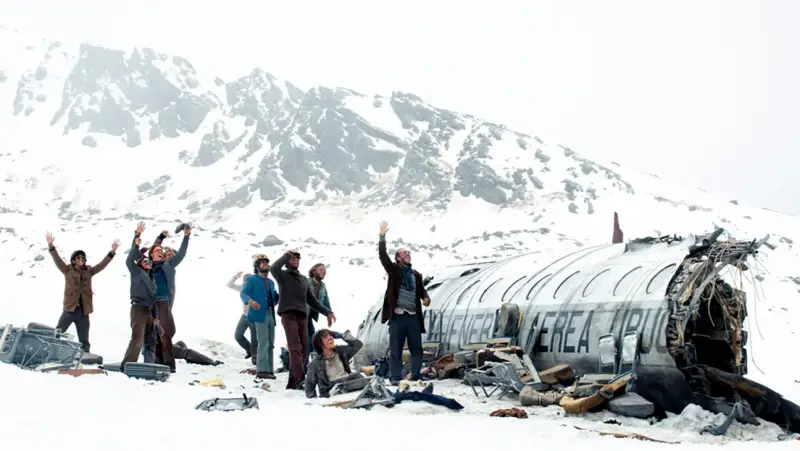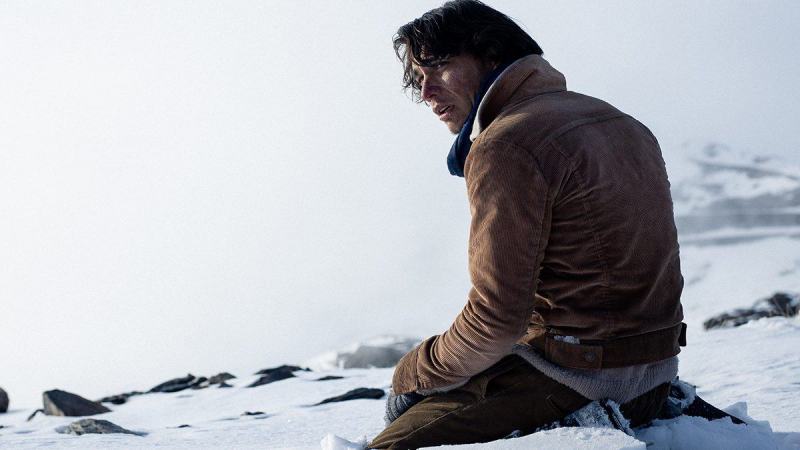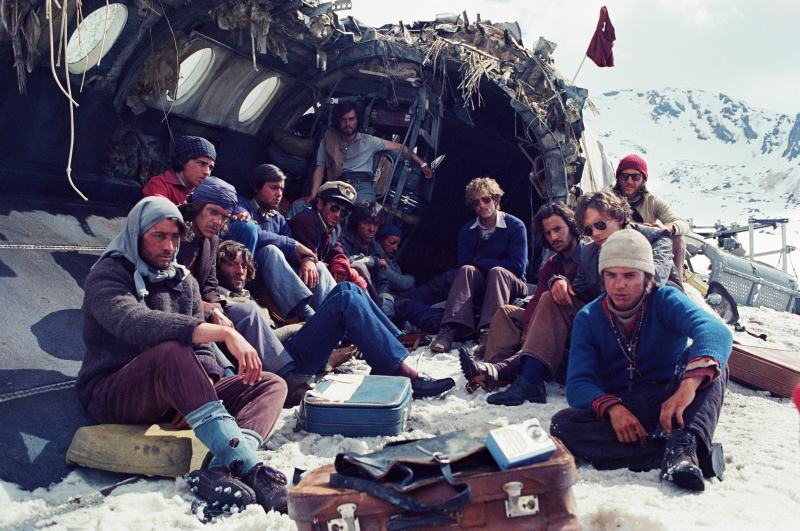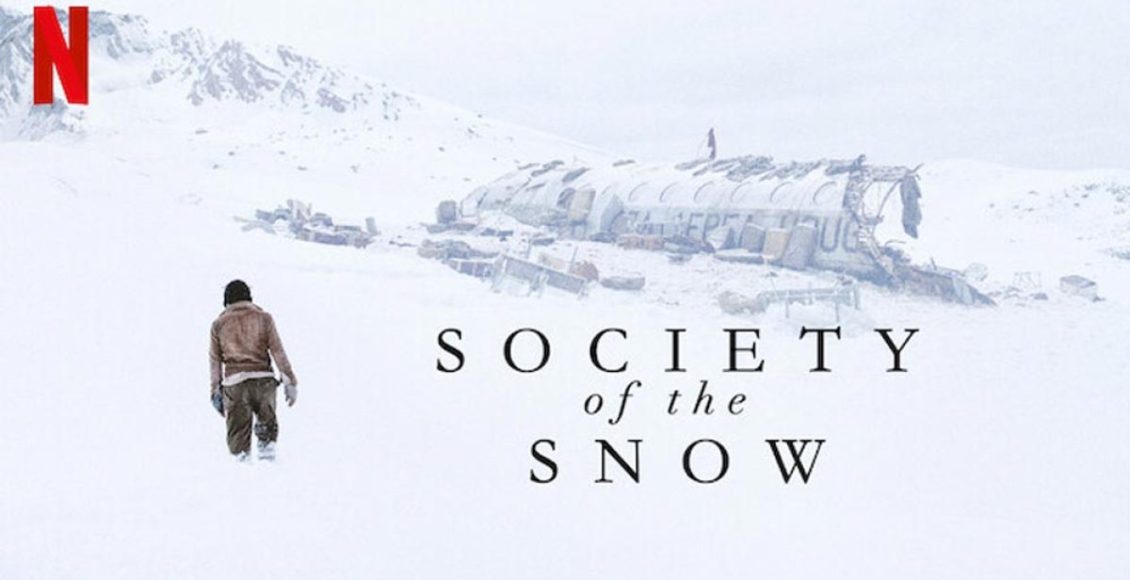Society of Snow Review (Netflix) More profound and detailed than Alive 1993 in every aspect!
Society of Snow
Summary
This is the film that pays the utmost attention to capturing event details, almost like a documentary simulating real events. For those who have watched Alive in 1993, I highly recommend revisiting it, as this is a true story with many crucial details that Alive lacks. There are significant differences in various aspects, and it is more serious and powerful, especially in exploring the theme of cannibalism during different times, evoking varied and impactful emotional responses. The fact that the creators interviewed survivors in detail, showcasing their wounds, confirms that they are merely survivors and not heroes or miracle. This film has been submitted for consideration for the Oscars from Spain as well, and I strongly suggest not to miss it.
Overall
8.5/10User Review
( votes)Pros
- Created from a real-life story with detailed information directly sourced from survivors.
- Offers in-depth and significant differences compared to Alive.
- scenes filmed on actual locations.
Cons
- The initial events skip ahead by three days with a lack of detailed information.
ADBRO
Society of Snow The original Netflix film from Spain that has been submitted as a contender for the Outstanding Foreign Language Film category at the Oscars this year is directed by J.A. Bayona (known for Jurassic World: Fallen Kingdom). Based on a true story from 1972, the film depicts the ill-fated Uruguayan Air Force Flight 571, which chartered a plane to transport a rugby team to Chile. The aircraft crashed in the Andes mountains, leaving only 29 survivors out of the 45 passengers. Stranded in one of the world’s most challenging environments, battling extreme cold and facing severe food shortages, the survivors were forced to make the difficult decision of resorting to cannibalism to stay alive.

Society of Snow Review Netflix
The film based on a true story that was previously adapted and gained significant popularity under the title “Alive ” in 1993, with Ethan Hawke as the lead actor. Older audiences may be familiar with it, and younger generations might have come across it as well. The original film became well-known for its portrayal of the controversial theme of cannibalism, although the scenes depicting this were relatively brief and not the main focus.
In “Society of the Snow,” there is a significant departure in presentation. The film explores the theme of cannibalism as a central element with greater impact compared to “Alive.” The review will focus on highlighting these differences to provide a clearer understanding.
 With the reality-based, viewers probably already know in advance that the conclusion involves some survivors and a rescue team returning to help. However, what Alive does not delve deeply into is the reasons and consequences of cannibalism at different points in time, beyond mere survival. In Alive have only once, and then it is mostly ignored. In contrast, this story places significant importance on such moments. In the early stages, there are volunteers who discreetly butcher corpses for the remaining survivors without revealing whose flesh it is. However, when circumstances lead to the death of a volunteer, the remaining survivors are forced to handle the situation themselves, “knowing whose flesh you are consuming.” This is followed by a heightened sense of guilt. In the later stages, when cannibalism becomes normalized, there are scenes vividly illustrating the transformation without explicit corpse scenes, yet they remain emotionally impactful. The film portrays the sense of guilt, even after receiving help. The level of detail in the film is remarkable, as it interviews survivors and their families for over 100 hours for background data, presenting a narrative based on genuine, unembellished content. This sets it apart from Alive, which has a more straightforward plot but lacks the depth found in this story.
With the reality-based, viewers probably already know in advance that the conclusion involves some survivors and a rescue team returning to help. However, what Alive does not delve deeply into is the reasons and consequences of cannibalism at different points in time, beyond mere survival. In Alive have only once, and then it is mostly ignored. In contrast, this story places significant importance on such moments. In the early stages, there are volunteers who discreetly butcher corpses for the remaining survivors without revealing whose flesh it is. However, when circumstances lead to the death of a volunteer, the remaining survivors are forced to handle the situation themselves, “knowing whose flesh you are consuming.” This is followed by a heightened sense of guilt. In the later stages, when cannibalism becomes normalized, there are scenes vividly illustrating the transformation without explicit corpse scenes, yet they remain emotionally impactful. The film portrays the sense of guilt, even after receiving help. The level of detail in the film is remarkable, as it interviews survivors and their families for over 100 hours for background data, presenting a narrative based on genuine, unembellished content. This sets it apart from Alive, which has a more straightforward plot but lacks the depth found in this story.
 What sets this story apart from Alive and makes it significantly better is that all survivors have equally important roles, forming a genuine society of survivors as suggested by the title. There is no standout protagonist like Ethan Hawke in Alive. The film gives equal importance to everyone, and each deceased person is commemorated with their name and age, resembling a historical record. Additionally, the narrative is conveyed through the voice of the character Numa Turcatti, who seems to play a crucial and meaningful role. He becomes a character who instills various powers and eventually leads to a life-saving journey. The film is executed exceptionally well, presenting a true story without embellishments.
What sets this story apart from Alive and makes it significantly better is that all survivors have equally important roles, forming a genuine society of survivors as suggested by the title. There is no standout protagonist like Ethan Hawke in Alive. The film gives equal importance to everyone, and each deceased person is commemorated with their name and age, resembling a historical record. Additionally, the narrative is conveyed through the voice of the character Numa Turcatti, who seems to play a crucial and meaningful role. He becomes a character who instills various powers and eventually leads to a life-saving journey. The film is executed exceptionally well, presenting a true story without embellishments.
In addition, the survival narrative in this story is more detailed and profound than Alive. The episode of being trapped in a snowstorm is portrayed in depth, spanning several days with intricate details, unlike Alive where the characters are stuck for one night and easily escape in the morning. The deaths of team members resulting from the dire circumstances, the repair of the radio, and its significance are explored in much greater detail compared to Alive. Scenes of long-distance journeys at night are possible because they have waterproof fabric turned into sleeping bags, a detail not present in Alive. Furthermore, the aftermath of survival is depicted in detail, including scenes of bathing in the hospital, revealing emaciated bodies, and even behind-the-scenes credits featuring real photographs to compare with the actors, highlighting the meticulous casting process.
 This is the film that pays the utmost attention to capturing event details, almost like a documentary simulating real events. For those who have watched Alive in 1993, I highly recommend revisiting it, as this is a true story with many crucial details that Alive lacks. There are significant differences in various aspects, and it is more serious and powerful, especially in exploring the theme of cannibalism during different times, evoking varied and impactful emotional responses. The fact that the creators interviewed survivors in detail, showcasing their wounds, confirms that they are merely survivors and not heroes or miracle. This film has been submitted for consideration for the Oscars from Spain as well, and I strongly suggest not to miss it.
This is the film that pays the utmost attention to capturing event details, almost like a documentary simulating real events. For those who have watched Alive in 1993, I highly recommend revisiting it, as this is a true story with many crucial details that Alive lacks. There are significant differences in various aspects, and it is more serious and powerful, especially in exploring the theme of cannibalism during different times, evoking varied and impactful emotional responses. The fact that the creators interviewed survivors in detail, showcasing their wounds, confirms that they are merely survivors and not heroes or miracle. This film has been submitted for consideration for the Oscars from Spain as well, and I strongly suggest not to miss it.

